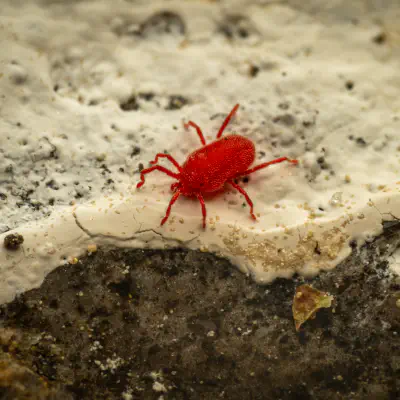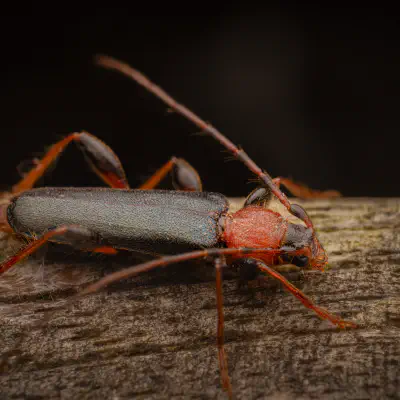Tanbark Borer: image 1 of 2
Tanbark Borer (lat. Phymatodes testaceus)
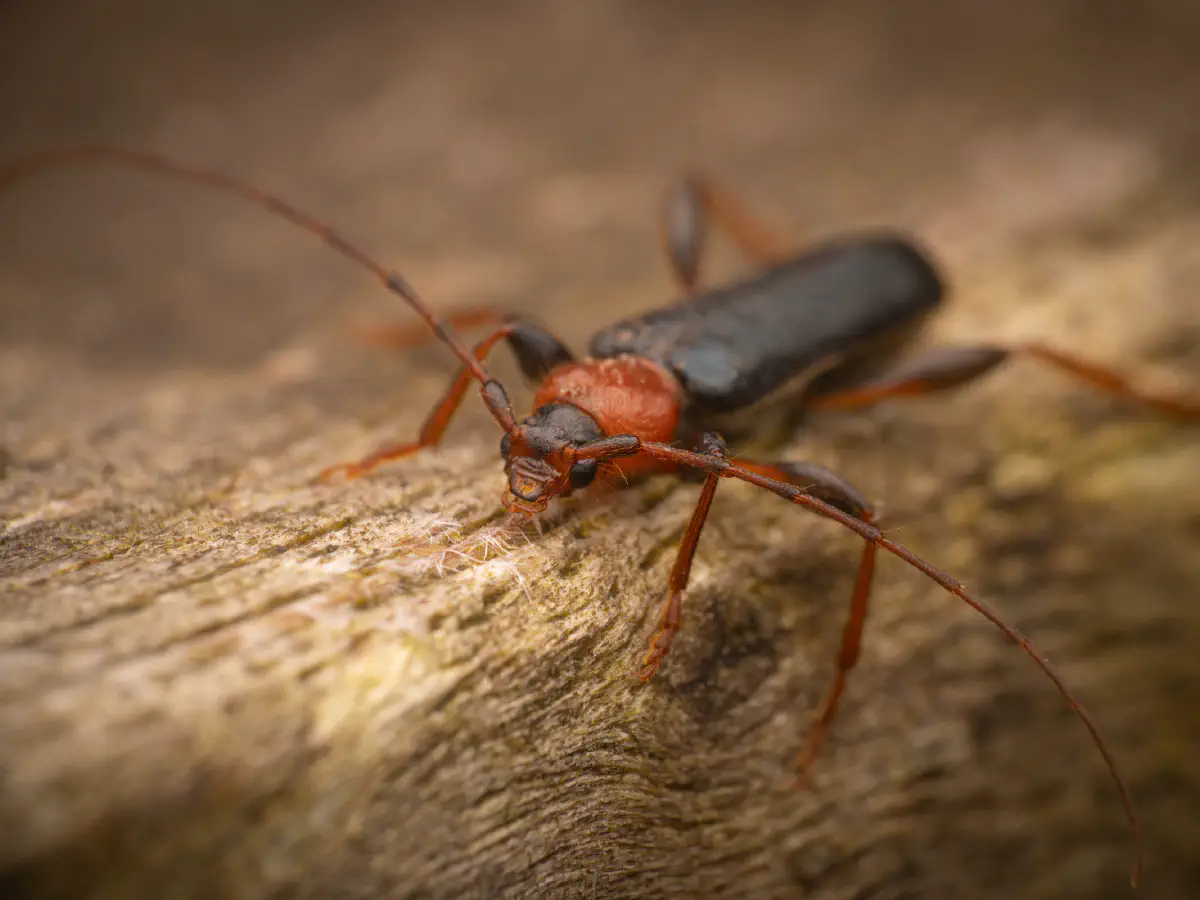
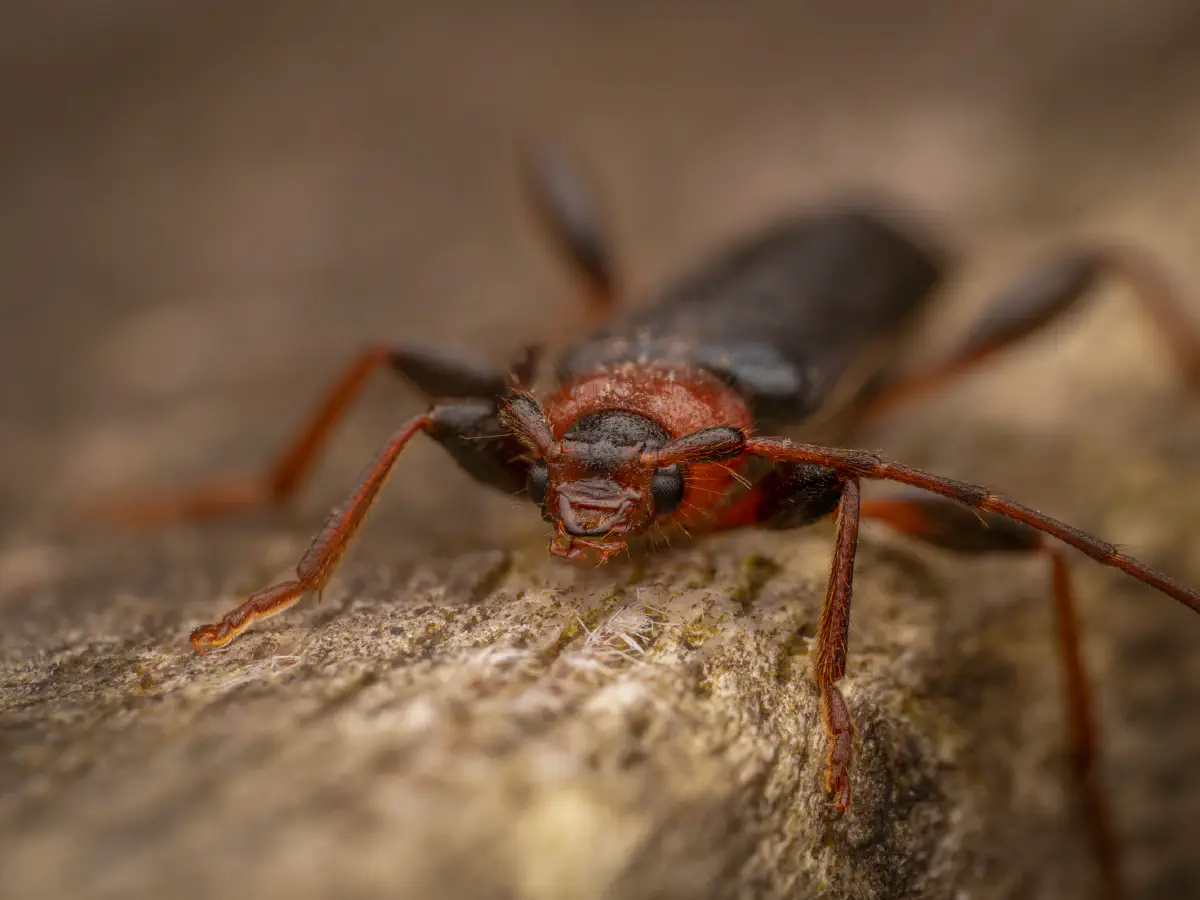
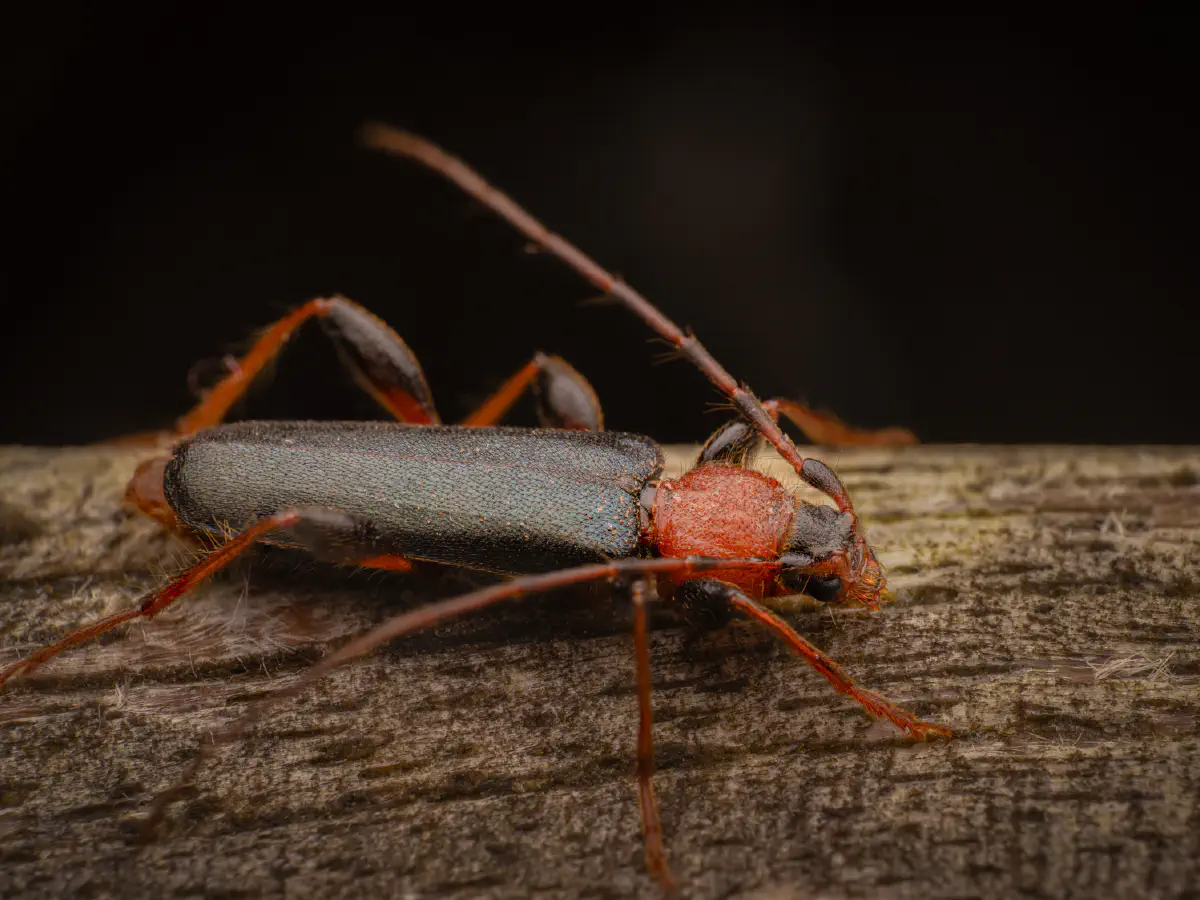
This is not intended to be a dry lexicon. Personal stories and sensitive articles form the framework for our pictures: „The last refuge“
In a world suffering from extreme heat, Mario, the mite, discovers a legendary natural refuge that promises protection and cooling. His journey underlines the urgent need to secure sustainable habitats for all species.
